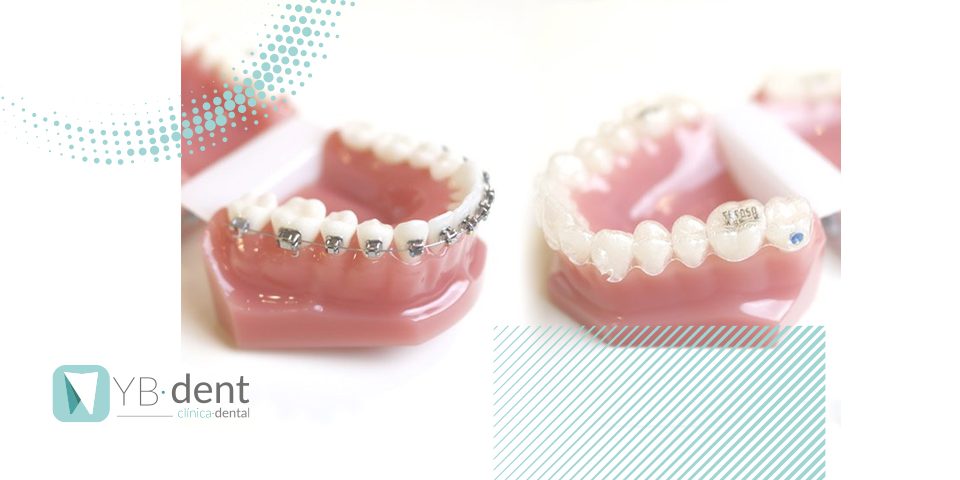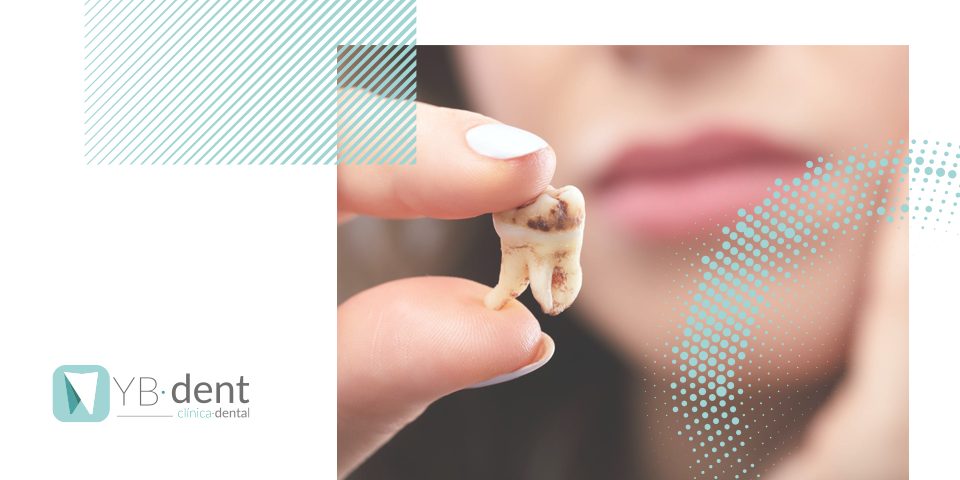Qué es y como prevenir la halitosis

No es de extrañar que tanto a ti mismo como a tu compañero/a, o incluso con cualquier persona que estés entablando una conversación, os acompañe un olor peculiar y no muy agradable. Cuando esto sucede se debe a una causa más que clara, la halitosis.
Pero ¿sabemos realmente qué es? Pues bien, la halitosis o conocido como ‘’mal aliento’’ es uno de los problemas que más pacientes padecen a lo largo de su vida, aunque tiene un origen bucal puede ser que provenga de patologías respiratorias o digestivas.
Generalmente, la halitosis se genera por la acumulación bacteriana en la boca o entre los dientes, también puede surgir por retener restos de comida alrededor de las encías y la lengua que desencadenan la floración de bacterias que provocan caries.
¿Por qué se produce la halitosis?
Normalmente la halitosis tiene un origen bucal aunque también puede derivar de otras fuentes, algunas de las causas pueden ser las siguientes:
– No patológicas
- Aliento matutino: cuando dormimos el flujo de la saliva disminuye lo que facilita el crecimiento de bacterias productoras de gases malolientes.
- Edad: es probable que a mayor edad se sufran cambios regresivos en las glándulas salivales que afectan a la calidad y cantidad de saliva, incluso teniendo una buena higiene bucal.
- Prótesis dentarias: se pueden acumular restos de comida en las dentaduras postizas.
- Fármacos: hay algunos medicamentos que pueden producir xerostomía, aunque la saliva reduce el mal olor.
- Tabaco: es muy habitual que la acción de fumar genere un aliento característico.
- Periodos de ayuno
- Dieta: alimentos como la cebolla o ajo pueden causar mal aliento, así como el consumo de alcohol.
– Patológicas
- Enfermedad periodontal, caries.
- Higiene bucal deficiente: la acumulación de placa bacteriana provoca el crecimiento de estas bacterias, esto hace que se genere mal aliento.
- Causas ulcerativas: úlceras traumáticas, infecciosas o estomatitis.
- Faringe: infecciones víricas, bacterianas o fúngicas.
- Radioterapia y quimioterapia: pueden causar necrosis y neoplasias.
- Otras causas: también debido a problemas nasales como la sinusitis, enfermedades digestivas, respiratorias o sistemáticas pueden causar mal aliento.
¿Cómo evitar la halitosis?
Uno de los métodos más claros y sencillos para evitar el mal aliento es llevar a cabo una buena higiene bucodental constante de cepillado de dientes, uso de seda dental y de una limpieza regular de la lengua. Si se sigue este proceso tras cada comida del día evitaremos que se origine la halitosis en la mayoría de los casos.
También existen una serie de factores que ayudan a prevenir la halitosis como:
- Evitar los condimentos en las comidas.
- No fumar.
- No consumir café y alcohol.
- Evitar las dietas con muchas proteínas y de pocas calorías.
- No consumir alimentos grasos.
- Beber gran cantidad de agua.
- Respirar por la nariz.
En la Clínica Dental YBdent te ayudamos a tratar la halitosis en caso de que no se haya podido evitar y se genere en la boca ese mal aliento. Gracias a los especialistas de YBdent obtendrás buenos resultados en el tratamiento de la halitosis, además serán nuestros profesionales quienes determinarán por qué surge el problema y cómo se debe solucionar.
No dudes en ponerte en contacto con la Clínica Dental YBdent si tienes síntomas propios de la halitosis, también puedes visitarnos en C/ Viver 25, 46020 Valencia. ¡Te esperamos!



